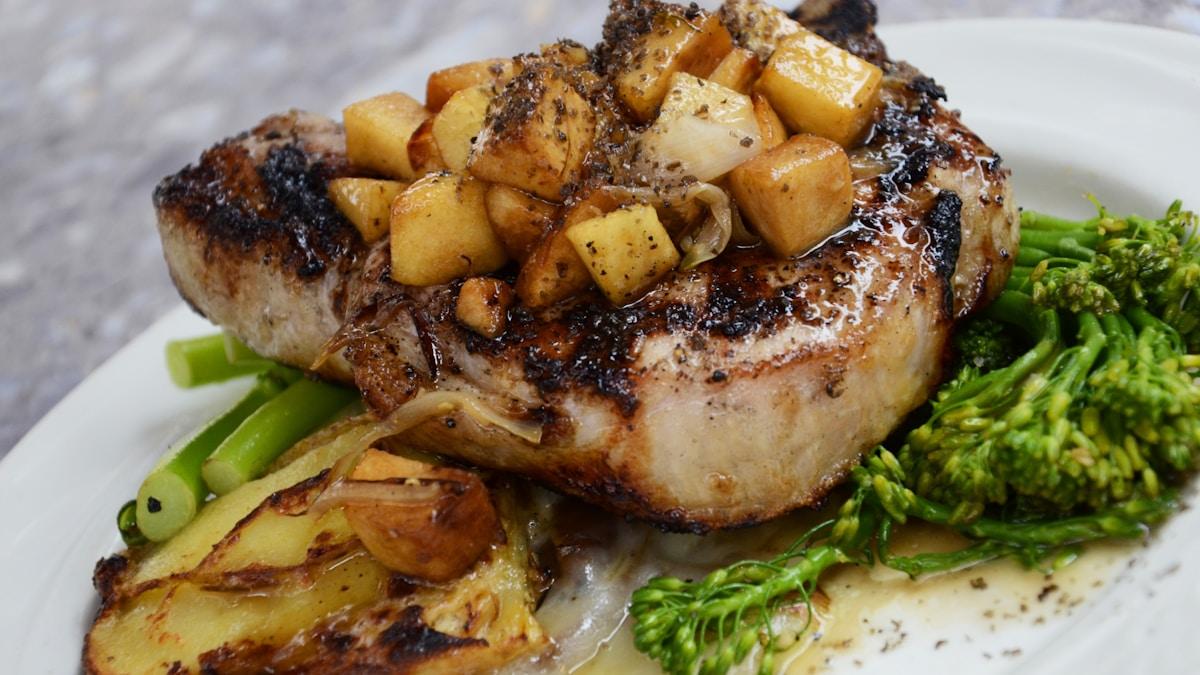
High-Protein Foods for Athletes: Complete Guide to Recovery & Performance
Learn how much protein athletes need, the best sources, and optimal timing for muscle recovery. Science-backed guide with meal ideas.
Verdu Team
The team behind Verdu, your AI-powered nutrition companion
If you're an athlete or regularly hit the gym, you've probably heard that protein is essential for recovery and muscle growth. But how much protein do you actually need? Which foods provide the best quality? And does timing really matter?
The answer isn't as simple as "eat more chicken." Let's break down the science of protein for active individuals and explore practical ways to optimize your intake without turning every meal into a calculated science experiment.
Why Athletes Need More Protein Than Sedentary People
When you exercise—especially during strength training—you create microscopic tears in your muscle fibers. Protein provides the amino acids your body needs to repair and rebuild these fibers, making them stronger and more resilient over time.
According to the International Society of Sports Nutrition (ISSN), athletes need significantly more protein than sedentary individuals. While the general Recommended Dietary Allowance (RDA) for protein is just 0.8 grams per kilogram of body weight, athletes require 1.4 to 2.0 grams per kilogram of body weight per day.
The Science Behind Protein Requirements
Research published by the Academy of Nutrition and Dietetics, Dietitians of Canada, and the American College of Sports Medicine shows that:
- Endurance athletes need 1.2–1.4 g/kg/day to support recovery and maintain muscle mass during high-volume training
- Strength and power athletes require 1.2–2.0 g/kg/day to maximize muscle protein synthesis and adaptation
- Athletes in calorie deficit (trying to lose fat while maintaining muscle) may benefit from protein intake at the higher end of this range or even slightly above 2.0 g/kg/day
But here's the challenge: tracking protein across multiple meals and snacks can be tedious and time-consuming. Most people either overestimate or underestimate their intake, making it hard to know if they're truly meeting their needs.
This is where smart nutrition tools change the game. Instead of manually logging every meal, Verdu's AI-powered meal scanning analyzes your food from a photo and gives you instant feedback on your protein intake—along with suggestions to hit your daily targets. No food database searching. No guessing. Just quick, actionable guidance.
How Much Protein Do You Actually Need?
Let's get specific. Here's how to calculate your daily protein needs based on your activity level and goals:
Calculating Your Personal Protein Target
Step 1: Know your body weight in kilograms
- If you know your weight in pounds, divide by 2.2 to get kilograms
- Example: 150 lbs ÷ 2.2 = 68 kg
Step 2: Multiply by your activity factor
- General fitness / recreational athlete: 1.2–1.4 g/kg
- Strength training / building muscle: 1.6–2.0 g/kg
- Endurance training (running, cycling): 1.2–1.4 g/kg
- Cutting weight / fat loss: 1.8–2.4 g/kg
Example calculation:
- 68 kg athlete doing strength training
- 68 kg × 1.8 g/kg = 122 grams of protein per day
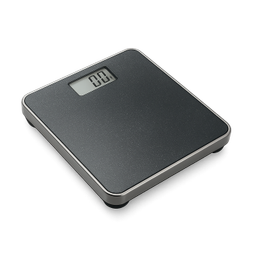
Protein Distribution Matters
Don't consume all your protein in one sitting. According to the ISSN, your body can best build and maintain muscle when protein is distributed relatively evenly throughout the day. Aim for 20–40 grams of high-quality protein per meal, consumed every 3–4 hours.
Each protein serving should contain 700–3,000 mg of leucine—a key amino acid that triggers muscle protein synthesis, according to ISSN research. Most animal-based protein sources and some plant sources (like soy) naturally contain adequate leucine.
Why Total Daily Intake Matters Most
While timing can provide a small edge (more on that later), research consistently shows that total daily protein intake is the most critical factor for muscle growth and recovery. Get your total right first, then optimize timing.
The Best High-Protein Foods for Athletes
Not all protein sources are created equal. The best options provide complete proteins with all nine essential amino acids, high leucine content, and good bioavailability (how well your body can absorb and use the protein).
Animal-Based Protein Sources
Animal proteins are complete proteins, meaning they contain all essential amino acids in optimal ratios. Nutritional data sourced from USDA FoodData Central.
| Food | Serving Size | Protein | Leucine |
|---|---|---|---|
| Chicken breast (skinless) | 4 oz (113g) | 35g | 2.8g |
| Salmon | 4 oz (113g) | 25g | 2.0g |
| Lean beef (90% lean) | 4 oz (113g) | 31g | 2.5g |
| Eggs | 2 large | 12g | 1.1g |
| Greek yogurt (nonfat) | 1 cup (227g) | 20g | 2.3g |
| Cottage cheese (low-fat) | 1 cup (226g) | 28g | 2.7g |
| Whey protein powder | 1 scoop (30g) | 24g | 2.5g |
| Turkey breast | 4 oz (113g) | 34g | 2.6g |
Advantages:
- Complete amino acid profiles
- High leucine content
- Excellent bioavailability (90–99% absorption)
- Convenient and versatile
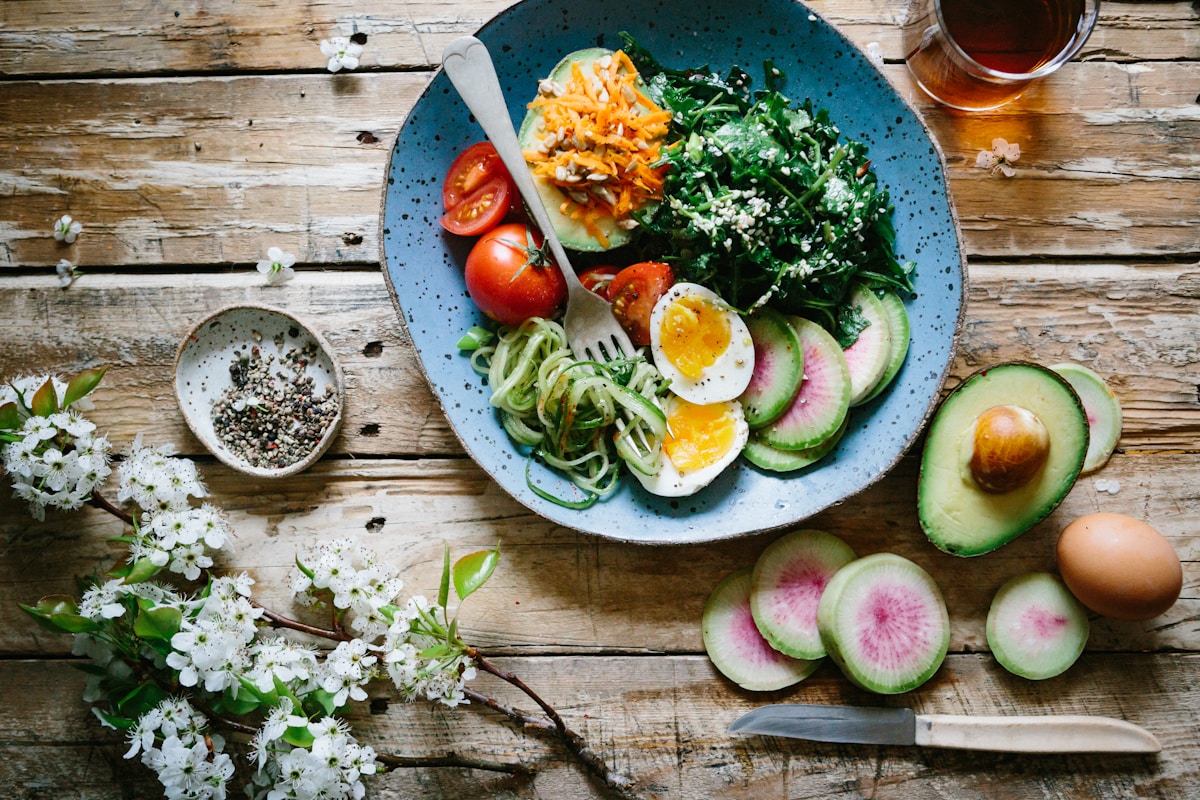
Plant-Based Protein Sources
Plant proteins can absolutely support athletic performance, though most are incomplete proteins on their own. Combining different plant proteins throughout the day ensures you get all essential amino acids.
| Food | Serving Size | Protein | Notes |
|---|---|---|---|
| Tofu (firm) | 4 oz (113g) | 11g | Complete protein |
| Tempeh | 4 oz (113g) | 21g | Complete protein |
| Lentils (cooked) | 1 cup (198g) | 18g | High in fiber |
| Chickpeas (cooked) | 1 cup (164g) | 15g | Versatile |
| Quinoa (cooked) | 1 cup (185g) | 8g | Complete protein |
| Edamame | 1 cup (155g) | 17g | Complete protein |
| Black beans (cooked) | 1 cup (172g) | 15g | High in fiber |
| Peanut butter | 2 tbsp (32g) | 8g | Calorie-dense |
Advantages:
- Rich in fiber, vitamins, and minerals
- Lower in saturated fat
- Environmentally sustainable
- Often more affordable
Tip for plant-based athletes: Aim for the higher end of the protein intake range (1.8–2.0 g/kg/day or more) since plant proteins generally have slightly lower bioavailability than animal proteins.
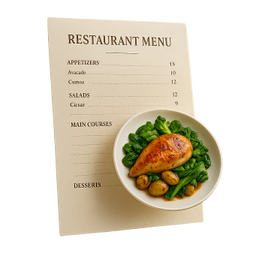
Choosing High-Protein Options When Dining Out
One of the biggest challenges athletes face? Staying on track when eating at restaurants. You're staring at a menu trying to guess which option has enough protein to support your training, but nutritional info is rarely available.
Verdu's Menu Picker solves this problem. Just tell Verdu where you're eating, and get AI-powered recommendations for menu items that align with your protein and macro goals. Enjoy your meal out without the guesswork or anxiety about derailing your progress.
Protein Timing: When to Eat for Maximum Results
You've probably heard about the "anabolic window"—the idea that you must consume protein within 30–60 minutes post-workout or miss out on gains. The truth is more nuanced.
What the Research Actually Says
According to recent research, including a 2024 study published in Frontiers in Nutrition, the anabolic window is wider and more flexible than once believed.
Key findings:
- Consuming protein within 2 hours post-workout supports muscle protein synthesis
- However, total daily protein intake matters far more than precise timing
- Pre-workout protein can be just as beneficial as post-workout protein
- The "window" may extend up to 24 hours after exercise for trained individuals
Mayo Clinic recommends that athletes consume approximately 20–25 grams of protein within the first two hours post-exercise to support maximal growth and repair.

Optimal Protein Timing Strategies
Pre-Workout (1–2 hours before): 20–30g of easily digestible protein (Greek yogurt, protein shake, eggs) to provide amino acids during your workout
Post-Workout (within 2 hours): 20–40g of high-quality protein to kickstart recovery and muscle protein synthesis
Throughout the Day: Distribute remaining protein across 3–5 meals/snacks, with 20–40g per serving, every 3–4 hours
Before Bed: 30–40g of slow-digesting protein (cottage cheese, casein protein) to support overnight muscle recovery
Don't Stress Over Perfect Timing
While strategic timing can provide a small performance edge, it's far less important than:
- Total daily protein intake (hitting your g/kg target)
- Protein quality (complete proteins with adequate leucine)
- Consistency (meeting your protein needs every day)
Get these fundamentals right, and you're 95% of the way there.
Complete High-Protein Meal Ideas for Athletes
Planning meals that hit 30+ grams of protein doesn't have to be complicated. Here are practical, delicious options for every meal of the day.
Breakfast (30–40g protein)
Option 1: Muscle-Building Omelet
- 3 whole eggs + 2 egg whites (25g protein)
- 1 oz shredded cheese (7g protein)
- Spinach, tomatoes, mushrooms
- Whole wheat toast
- Total: 32g protein
Option 2: Greek Yogurt Power Bowl
- 1.5 cups nonfat Greek yogurt (30g protein)
- ½ cup granola
- 1 tbsp almond butter (4g protein)
- Berries and honey
- Total: 34g protein
Option 3: Protein Pancakes
- 1 scoop whey protein powder (24g)
- 2 eggs (12g)
- 1 banana, oats, cinnamon
- Top with Greek yogurt
- Total: 40g protein
Lunch (35–45g protein)
Option 1: Grilled Chicken Power Bowl
- 6 oz grilled chicken breast (52g protein)
- Quinoa (8g protein per cup)
- Roasted vegetables
- Avocado and tahini dressing
- Total: 60g protein
Option 2: Tuna & White Bean Salad
- 5 oz canned tuna (35g protein)
- 1 cup white beans (15g protein)
- Mixed greens, cherry tomatoes, cucumber
- Olive oil and lemon dressing
- Total: 50g protein
Option 3: Tempeh Buddha Bowl (Plant-Based)
- 6 oz tempeh (31g protein)
- Brown rice (5g protein per cup)
- Edamame (17g protein per cup)
- Steamed broccoli, carrots, sesame seeds
- Total: 45g protein
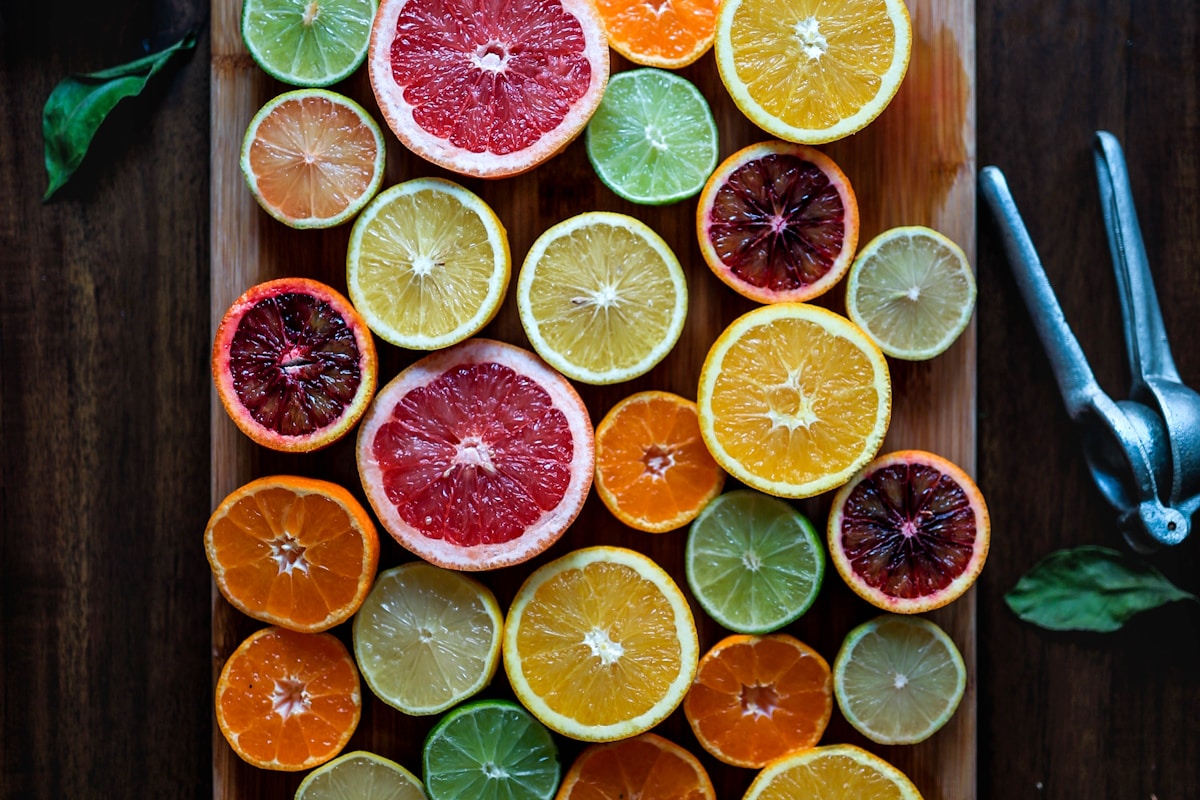
Dinner (40–50g protein)
Option 1: Salmon & Sweet Potato
- 6 oz grilled salmon (37g protein)
- Large baked sweet potato
- Roasted asparagus
- Side salad with pumpkin seeds (5g protein per ¼ cup)
- Total: 42g protein
Option 2: Lean Beef Stir-Fry
- 6 oz lean beef sirloin (46g protein)
- Mixed vegetables (bell peppers, snap peas, broccoli)
- 1 cup brown rice (5g protein)
- Ginger-garlic sauce
- Total: 51g protein
Option 3: Chickpea & Lentil Curry (Plant-Based)
- 1.5 cups cooked chickpeas (22g protein)
- 1 cup cooked lentils (18g protein)
- Coconut curry sauce
- Served over quinoa (8g protein)
- Total: 48g protein
Snacks (15–25g protein)
- Cottage cheese & fruit (28g protein per cup)
- Protein shake (24–30g)
- Hard-boiled eggs (3) (18g)
- Beef jerky (2 oz = 20g)
- Roasted edamame (1 cup = 17g)
- Greek yogurt (1 cup = 20g)
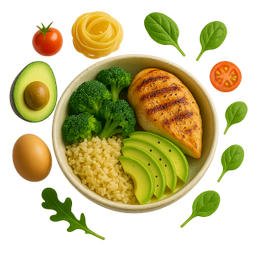
Never Run Out of High-Protein Meal Ideas
Coming up with varied, high-protein meals day after day can feel exhausting. You end up eating the same grilled chicken and rice combo on repeat, which gets boring fast.
Verdu generates personalized meal suggestions that match your protein targets and macro goals—using foods you actually enjoy. Whether you need 30g of protein for lunch or 40g for post-workout, get instant recipe ideas tailored to your preferences, dietary restrictions, and available ingredients. Eating for performance has never been this easy or delicious.
Common Protein Mistakes Athletes Make
Even experienced athletes sometimes fall into these protein pitfalls. Avoid these mistakes to maximize your results:
1. Not Eating Enough Total Protein
The most common mistake is simply not consuming enough protein throughout the day. Track your intake for a week—you might be surprised by how far off you are from your target.
2. Poor Protein Distribution
Eating 80g of protein at dinner and only 10g at breakfast is suboptimal. Your body can only synthesize a limited amount of muscle protein at once. Spread your protein intake evenly across meals.
3. Ignoring Protein Quality
100 grams of protein from low-quality sources (like incomplete plant proteins without variety) won't yield the same results as 100 grams from high-quality complete proteins. Focus on leucine-rich, complete protein sources.
4. Relying Too Much on Supplements
Protein powder can be convenient, but whole food sources provide vitamins, minerals, and other nutrients that supplements lack. Aim to get at least 70–80% of your protein from whole foods.
5. Undereating During Weight Loss
When cutting calories to lose fat, many athletes reduce protein intake along with carbs and fats. This is a mistake. You actually need more protein during a calorie deficit to preserve muscle mass—aim for 1.8–2.4 g/kg/day.
6. Forgetting About Protein Before Bed
Your body undergoes significant repair during sleep. Consuming 30–40 grams of slow-digesting protein (like cottage cheese or casein) before bed can support overnight muscle recovery, according to ISSN research.
Practical Takeaways: Your Protein Action Plan
Ready to optimize your protein intake for better performance and recovery? Here's your step-by-step action plan:

5 Steps to Protein Success
- Calculate your daily protein target using your body weight and activity level (1.4–2.0 g/kg/day for most athletes)
- Track your current intake for one week to understand your baseline and identify gaps
- Plan meals with 20–40g protein each, distributed evenly throughout the day (every 3–4 hours)
- Prioritize whole food protein sources like chicken, fish, eggs, Greek yogurt, legumes, and tofu—save protein powder for convenience
- Consume 20–30g of protein within 2 hours post-workout to support recovery, and consider a protein-rich snack before bed
The Bottom Line
Protein is the cornerstone of athletic performance and recovery, but more isn't always better. Focus on:
- Total daily intake: 1.4–2.0 g/kg body weight/day
- Quality sources: Complete proteins with high leucine content
- Even distribution: 20–40g per meal, every 3–4 hours
- Strategic timing: Protein around workouts and before bed
- Consistency: Meeting your targets every day, not just on training days
You don't need to become a nutrition expert or track every gram obsessively. With smart tools and a solid understanding of the basics, you can optimize your protein intake and focus on what matters: training hard and recovering well.
Ready to take the guesswork out of nutrition tracking?
Download Verdu to get instant protein analysis from meal photos, personalized meal suggestions that hit your targets, and AI-powered guidance that helps you eat smarter—not harder.
Want more nutrition insights? Check out our guide on Understanding Macronutrients or learn how Verdu works to simplify your nutrition journey.
Related Articles
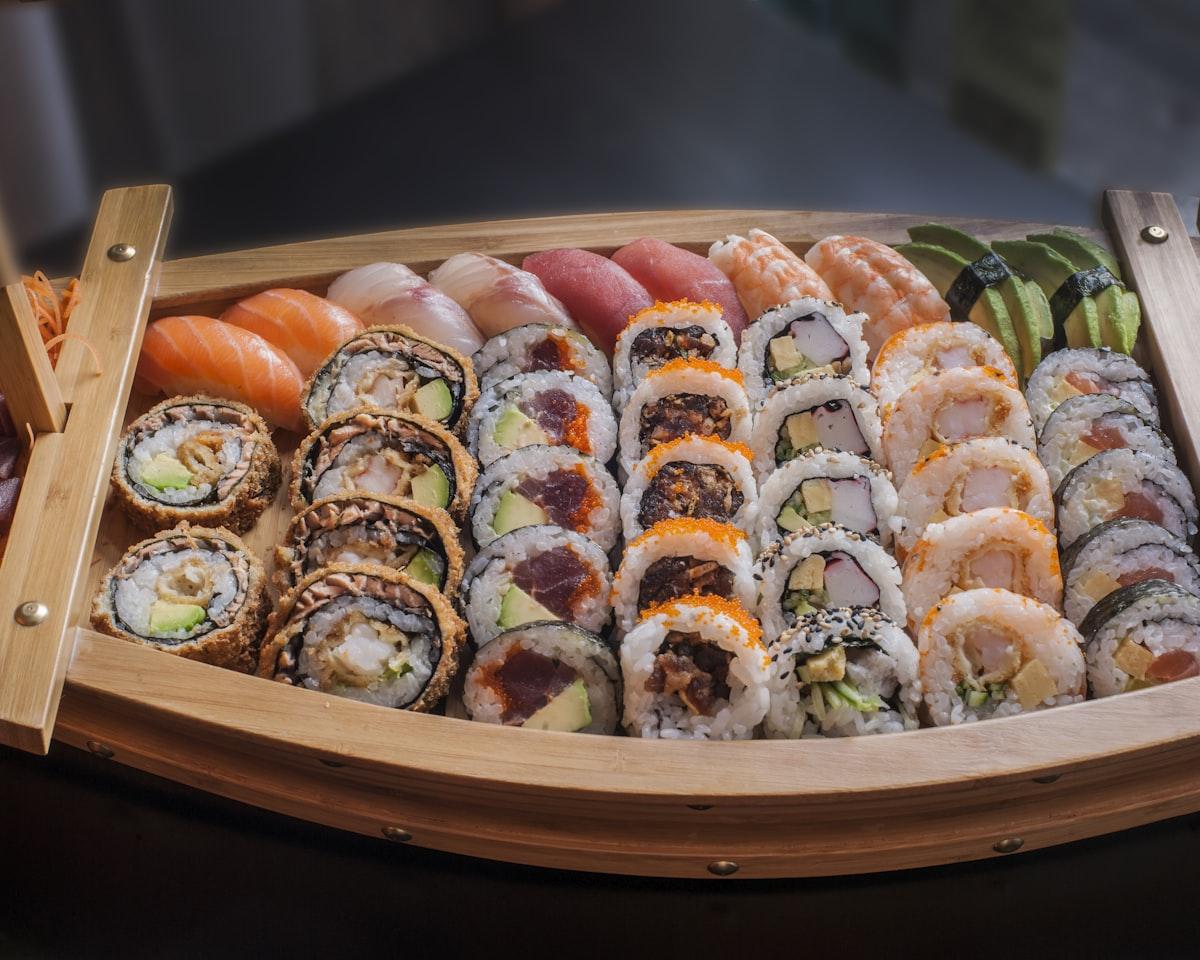
15+ High-Protein Foods for Active Lifestyles: Beyond Chicken and Eggs
Tired of chicken and eggs? Discover 15+ diverse high-protein foods for athletes and active individuals. Learn protein timing, meal ideas, and smart tracking strategies.
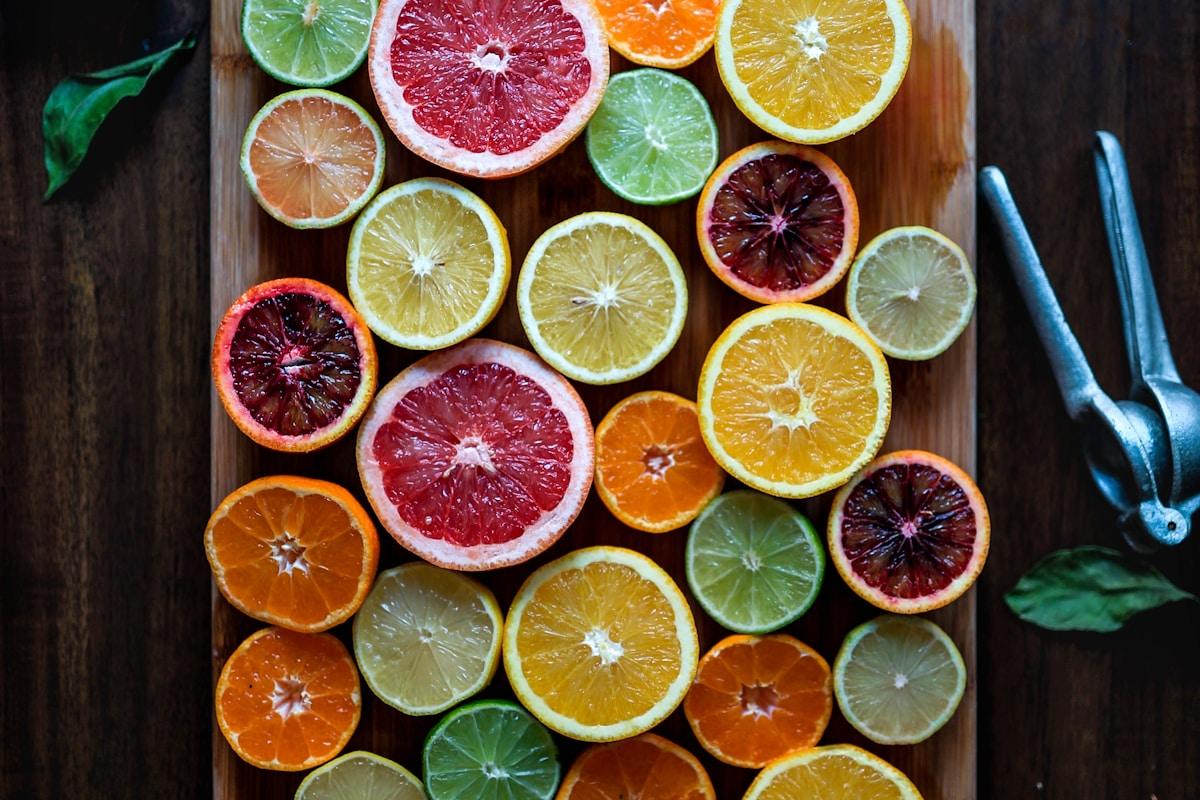
Pre-Workout and Post-Workout Nutrition: What to Eat for Maximum Performance and Recovery
Science-backed guide to pre and post-workout nutrition. Learn optimal timing, what to eat before and after exercise, and meal ideas for peak athletic performance.
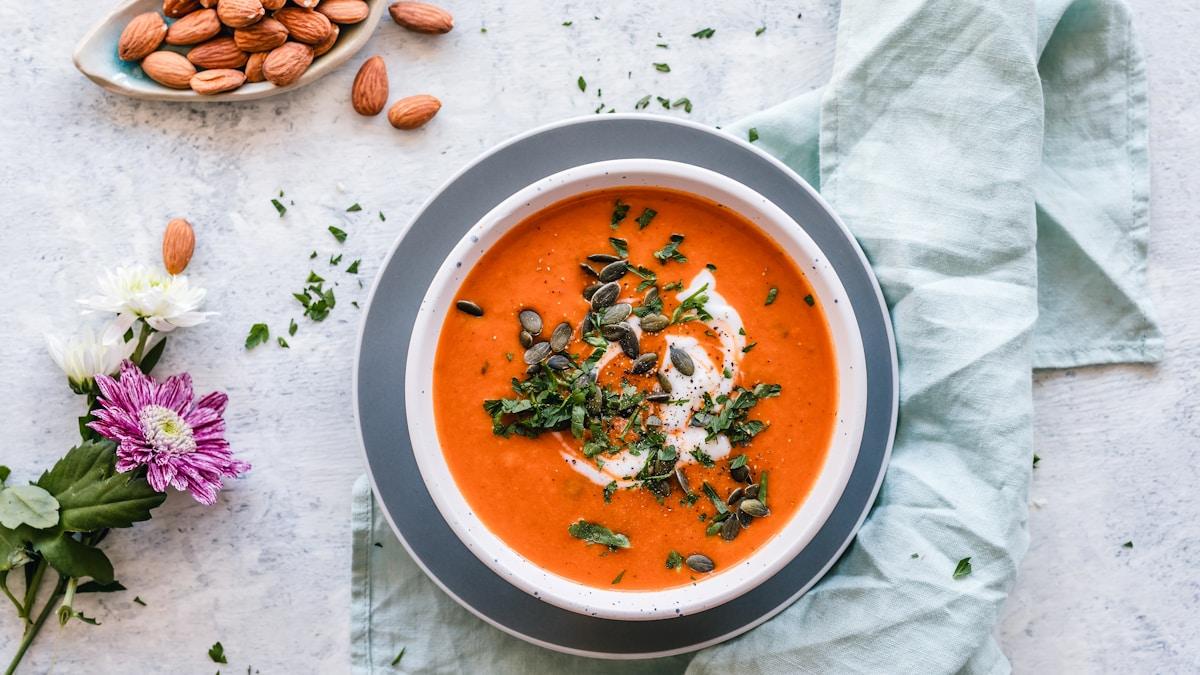
Intermittent Fasting: Does Timing Your Meals Really Work?
Science-backed guide to intermittent fasting: 16:8 method, health benefits, who should try it, and practical tips to start meal timing successfully.